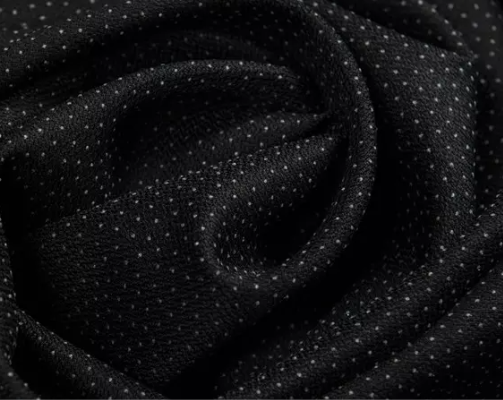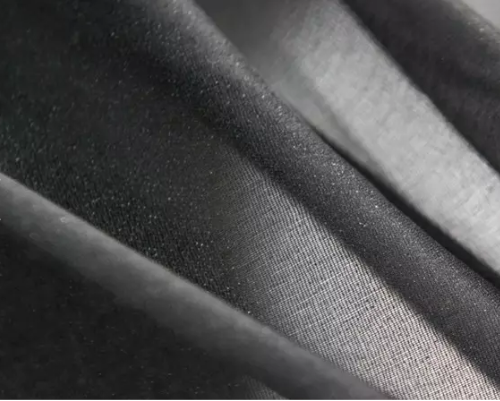Interlining Selection before Garment Dyeing
2023-03-31.
Interlining selection is an important step in garment production, particularly before garment dyeing. The choice of interlining will affect the way the garment dye adheres to the fabric, as well as the overall quality and durability of the finished garment.

When selecting an interlining for garment dyeing, it is important to consider the type of fabric being used for the outer layer of the garment, as well as the desired finished look and feel of the garment. Some factors to consider when selecting an interlining include:
Weight: The weight of the interlining should be appropriate for the weight of the outer fabric. If the interlining is too heavy, it can cause the garment to feel stiff or bulky. If the interlining is too light, it may not provide enough support for the outer fabric.
Color: The color of the interlining should be chosen carefully to ensure that it does not show through the outer fabric after dyeing. If the interlining is visible, it can detract from the overall appearance of the garment.
Material: The material of the interlining should be compatible with the outer fabric in terms of fiber content and construction. For example, if the outer fabric is a lightweight silk, a lightweight silk interlining would be a good choice.
Fusibility: The interlining should be fusible if the outer fabric is fusible. This will ensure that the interlining and outer fabric bond properly during the dyeing process.
Durability: The interlining should be durable enough to withstand the dyeing process and the wear and tear of everyday use.

In general, a high-quality interlining made from natural fibers such as cotton, silk, or wool is a good choice for garment dyeing. It is important to test the interlining with the outer fabric before proceeding with the dyeing process to ensure that the two materials are compatible and that the desired finished look is achieved.